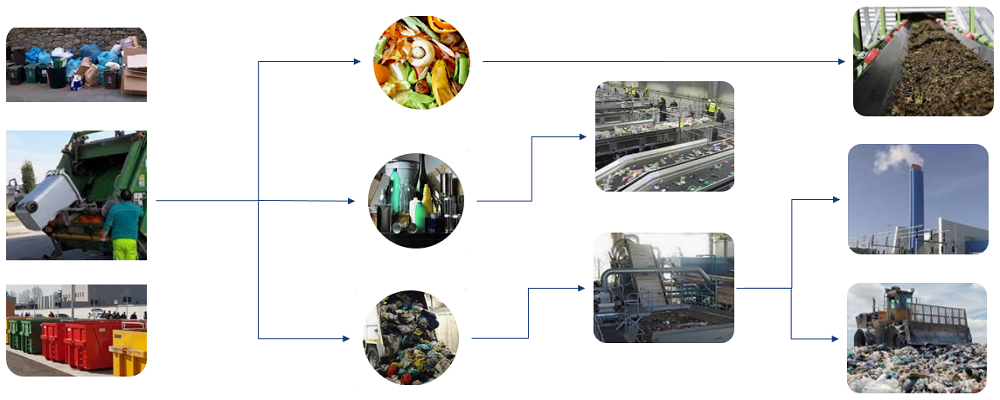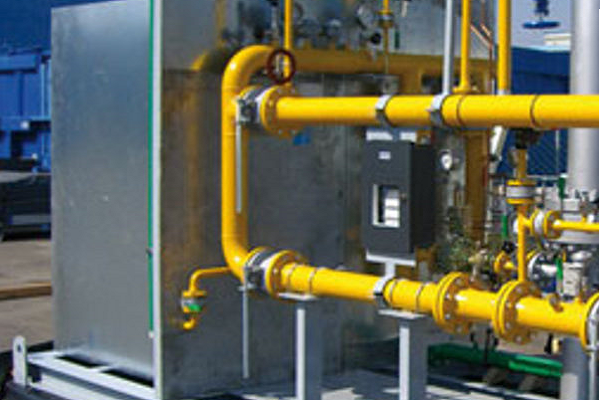Introduction
Waste management (WM) is one of the most important municipal services (Hoornweg and Bhada-Tata, 2012). Since efficient WM is central to sustainability (Mani and Singh, 2016), its cost effectiveness is at the heart of environmental policies (Buclet and Godard, 2001) worldwide. In addition, improving WM efficiency creates jobs, incentivizes responsible consumption, and protects the natural environment (Fuss et al., 2018).
Research on cost-reflective tariffs has gained renewed academic interest because ensuring cost reflectivity when determining tariffs is important, given the international commitments to move toward a circular economy (Di Foggia and Beccarello, 2018). WM is typically funded by fees paid by citizens, institutions and businesses, subsidies from the municipality’s general budget, revenue from extra services, revenues from sales of materials and energy produced from waste, and income from extended producer responsibility schemes (World Bank, 2018). Since these revenues generally need to ensure the financial stability of WM, having a cost-reflective tariff system is a condition sine qua non for effective incentive regulation and a functional WM market.
In accordance with previous literature that underlined the importance of including the users’ response to policy changes (Chu and Sappington, 2012), we performed an analysis of different WM tariff systems. Namely, we compare a baseline scenario, which corresponds to the current full-cost recovery scheme, with an intervention scenario that includes the users’ response to policy. In doing so, we consider users’ environmental performance in terms of their effective separation of waste for collection. Positive externalities from users’ responses to policies can be converted to social surplus because tariffs can be reduced.
To provide a solid foundation to investigate these issue, we gathered municipal-level data from the Italian Institute for Environmental Protection and Research (ISPRA), and the Italian National Institute of Statistics (ISTAT). This enabled us to conduct empirical analysis on a sample covering 55% of Italian municipalities. From our results, three prominent considerations emerged. First, by optimizing the tariff structure, society would benefit from a surplus that corresponds to a 6.9% decrease in costs, ceteris paribus. Second, it is necessary to design regulations asymmetrically to consider the levels of environmental performance and economic efficiency of different territories. Third, incentive regulation based on a price-cap mechanism could incidentally jeopardize the social surplus. Evidence of this risk was generated by examining the gain-sharing cost-reflective tariff under specific conditions. To further investigate this issue, we implemented sensitivity analysis based on three hypotheses. In hypothesis 1, no quality or business model improvements are expected. Hypothesis 2 represents an intermediate hypothesis whereby both business model optimization and quality of service factors were set at their average level. Finally, in hypothesis 3, both factors were set to their maximum.
The remainder of this paper is organized as follows. Section 2 presents the theoretical background, which includes prominent works about WM. Section 3 introduces the research design as well as the model used to perform simulations according to the scenarios. Section 4 contains key results that are subsequently discussed in section 5, section 6 concludes.






